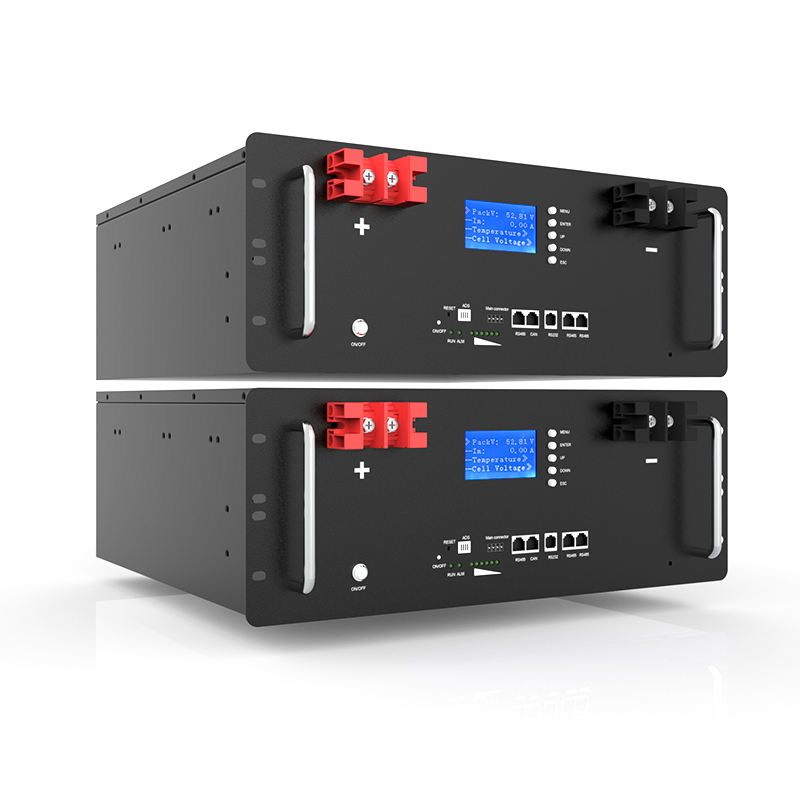Almost all car manufacturers and suppliers agree: "when the era of hybrid and electric vehicles comes, lithium batteries will be the energy storage devices of the future." Among all batteries, lithium battery technology has great development potential.
There are five key elements to develop lithium battery: cost, strong power storage, power density, safety and service life. The price of an electric car depends on the price of the car, and the battery is the most expensive part. The company calculated a price of 350 euros per kilowatt hour for battery consumption in 2015; in other words, a lithium battery with a capacity of 35 kilowatt hours would cost about 12000 euros.
Another key factor for the successful popularization of electric vehicles is the large driving distance, which mainly depends on the battery power storage. Customers need 200 kilometers. In order to meet this demand, "to improve the power storage and power density, the focus is on improving the chemical composition of the battery."
The improvement of power storage can also reduce the weight and size of lithium battery. At present, an advanced lithium battery used in a car can drive 100 to 150 kilometers, which is about the size of the rear trunk of the Volkswagen Golf. In other words, a 35 kilowatt hour battery has a capacity of about 350 liters and a total weight of about 350 kg.
In addition, the service life of lithium battery should be as long as that of automobile. In the case of hybrid vehicles, the battery needs to be charged for up to 1 million times, because the power mode of the hybrid vehicle's motor and generator is frequently switched, which is charged by braking. In terms of electric vehicles, sblimotive has set a target of 1500 to 2000 complete charging cycles, equivalent to 150 to 200 kilometers per charge, with a total life span of about 300000 kilometers.
The service life of lithium battery is more than ten years. If the battery efficiency is not less than 80% of the original efficiency, it does not need to be replaced. The safety of lithium battery must also meet the high standard of automobile industry, and the internal materials with high safety play an important role. The de energized separator is a good example: if the battery temperature is too high, it will interrupt the current.
For each group of batteries, it is important to monitor the battery cells. The battery management system continuously records and regulates the current, voltage, temperature and electric quantity to prevent the battery from overheating or power loss. A precise thermal management system can ensure that the battery is always in an ideal safe temperature range. Keep it at 35 to 40 degrees Celsius to keep the battery running at all times. If the temperature is too low, the power will drop. If the temperature is too high, the battery life will be shortened.
Related Industry Knowledge
- Lishen LR2170SZ 5.0AH Cell Spec
- Lishen LR2170SD 5AH Cell Spec
- EVE INR21700-40PL 17.5C 70A Discharge Cell Spec
- DMEGC INR18650-30P Cell Spec
- Lishen LR1865SS 3.0AH Cell Spec
- DMEGC 18650 29E Cell Spec
- Lishen 21700SD 5000mAh 2C Cell Spec
- EVPS ITR26700-50E(R6) Product Spec
- CBAK 26700FB4 5AH 2C Cell Spec
- HX 32700 6.7AH Cell Spec







